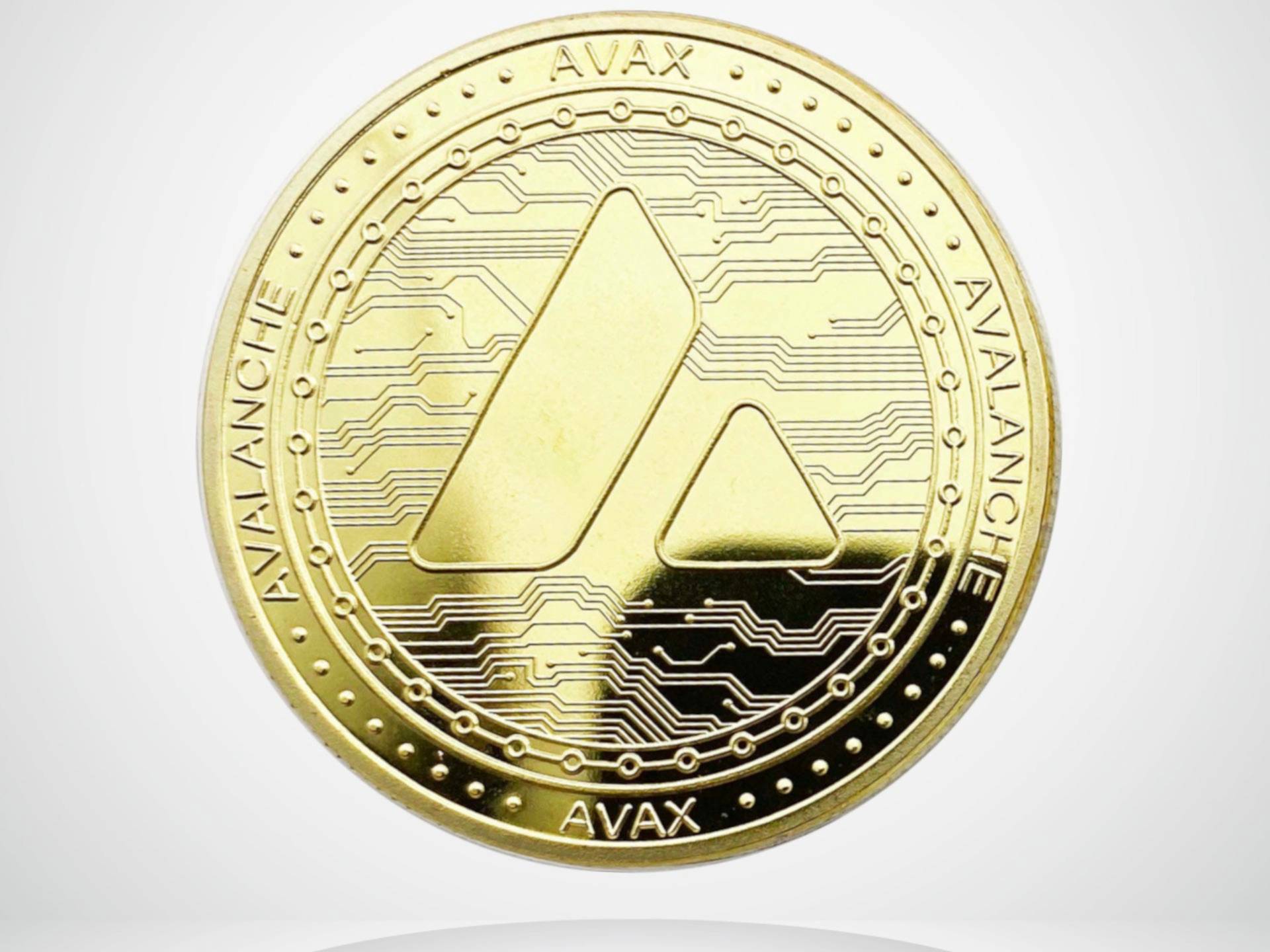Subscribe to wiki
Share wiki
Bookmark
Avalanche (AVAX)
We've just announced IQ AI.
Avalanche (AVAX)
The Avalanche (AVAX) token is the native token of the Avalanche platform and is used to secure the network through staking, transact peer-to-peer, pay for fees, and provide a basic unit of account between the multiple subnetworks created on the Avalanche platform. [1][2][3]
Tokenomics
Avalanche's initial coin offering (ICO) ended on July 15, 2020, followed by the launch of mainnet in September of the same year, 2020.
$AVAX has a total supply of 720 million. At launch, 360 million AVAX (50%) were minted and sold through private and public sales. The remaining 360 million AVAX (50%) are for staking rewards distributed over the following decades. [2]
- 2.5% - seed sale, with 10% released on mainnet launch and the rest being released every three months.
- 3.5% - private sale, with 10% released on mainnet launch and the rest being released every three months.
- 10% - public sale, with 10% released on mainnet launch and 15% released every three months over a period of 18 months.
- 9.26% - allocated to the foundation, released over ten years.
- 7% - community endowment, released over twelve months.
- 0.27% - testnet incentive program, released over one year.
- 5% - strategic partners, released over four years.
- 2.5% - airdrops, released over four years.
- 10% - team, released over four years.
- 50% staking rewards. [4]
$AVAX Features
- The resources spent by a validator for staking are proportional to that validator’s total stake.
- The rewards accumulated by a validator for validating are proportional to that validator’s total stake.
- Validators that lock their stake for longer are rewarded more.
- Validators are incentivized to stay online and operate correctly as their rewards are based on proof-of-uptime and proof-of-correctness.
- $AVAX is governable. The rate at which the maximum cap of 720 million is reached is subject to governance.
- Fees are not paid to any specific validator. Instead, they are burned, thus increasing the scarcity of the $AVAX. [4]
Consensus Mechanism
The Avalanche blockchain network consists of three main chains: the X-chain, the P-chain, and the C-chain. Each chain has a distinct role and set of features. [2]
The X-chain is the primary chain of the Avalanche network and is responsible for the creation and transfer of assets and smart contracts. The X-chain supports both native assets, such as AVAX tokens, and custom assets, such as tokens created using the Avalanche Asset Definition Language (AADL). The X-chain also supports smart contracts written in Solidity, the same programming language used in Ethereum. [2]
The P-chain, or Platform chain, is responsible for managing network operations, such as the creation and management of subnets, validators, and governance. The P-chain enables the creation of new subnets, which are customizable blockchain instances that can support a variety of use cases, from simple payments to complex decentralized applications. The P-chain also governs the overall network parameters, such as the staking requirements and transaction fees.
The C-chain, or Contract chain, is a customizable subnet that supports the creation and deployment of complex smart contracts and decentralized applications. The C-chain is designed to be highly customizable and can support a wide range of use cases, from decentralized finance (DeFi) to supply chain management. [2]
The Exchange Chain (X-Chain) implements the Avalanche consensus mechanism. In this consensus mechanism, there is no single leader processing and validating transactions. Instead, all nodes process and validate transactions using a directed acyclic graph (DAG) protocol, enabling simultaneous processing and random polling by validators to ensure transaction correctness with statistical certainty. The consensus mechanism does not involve blocks and allows for immediate finalization. Transaction fees are fixed at 0.001 AVAX. [4]
Utility
AVAX is a capped-supply (up to 720M) resource in the Avalanche ecosystem that's used to power the network. AVAX is used to secure the ecosystem through staking and for day-to-day operations like issuing transactions.
AVAX represents the weight that each node has in network decisions. No single actor owns the Avalanche Network, so each validator in the network is given a proportional weight in the network's decisions corresponding to the proportion of total stake that they own through proof of stake (PoS).
Any entity trying to execute a transaction on Avalanche pays a corresponding fee (commonly known as "gas") to run it on the network. The fees used to execute a transaction on Avalanche is burned, or permanently removed from circulating supply. [5]
See something wrong?
